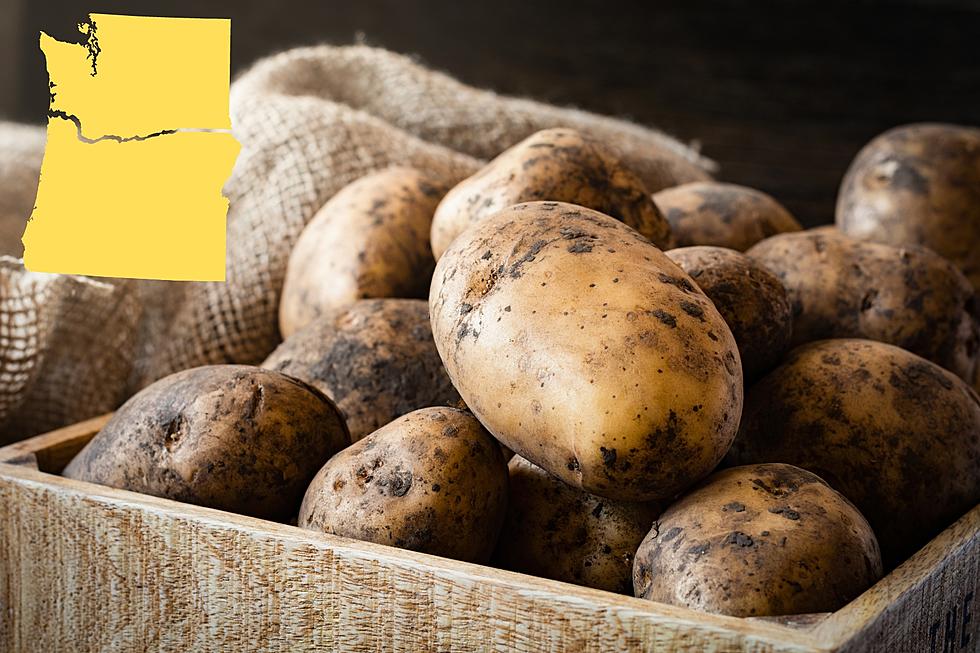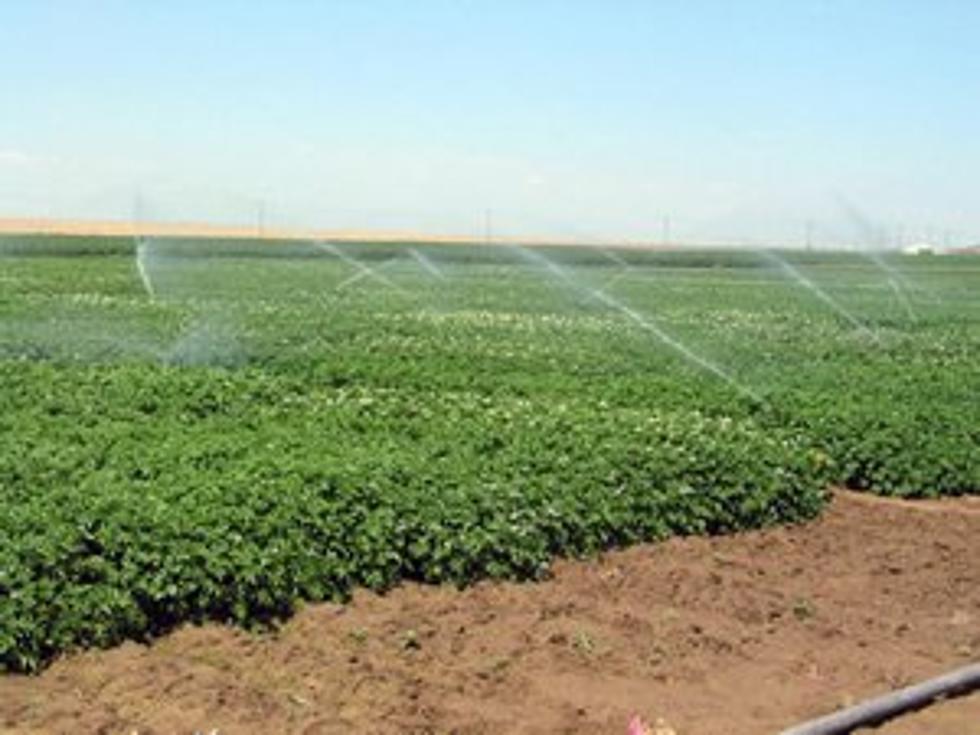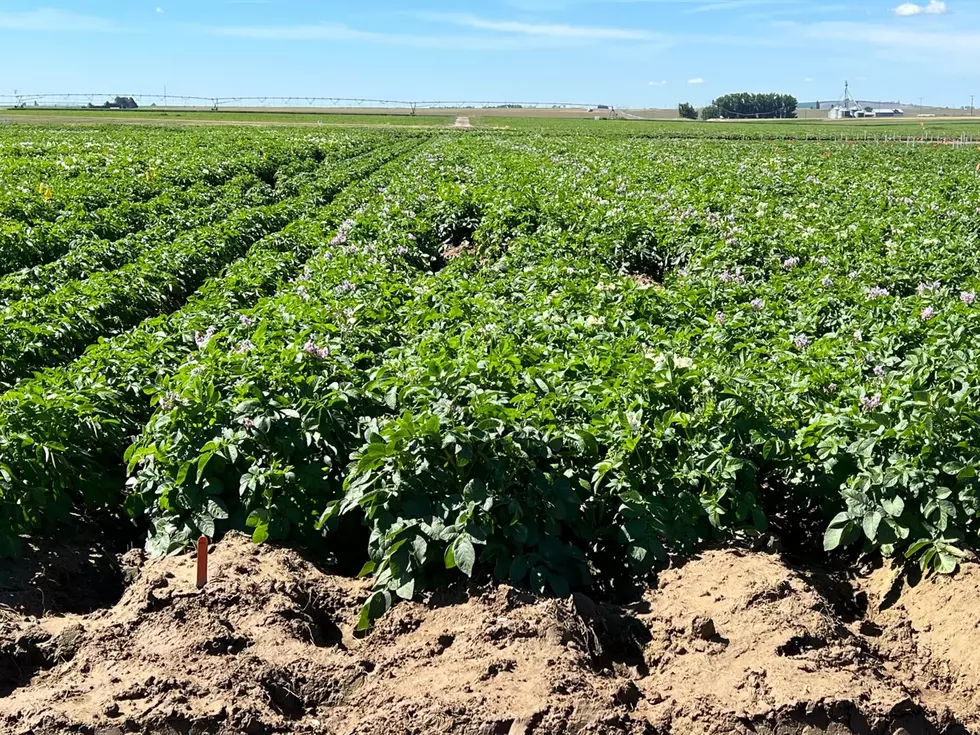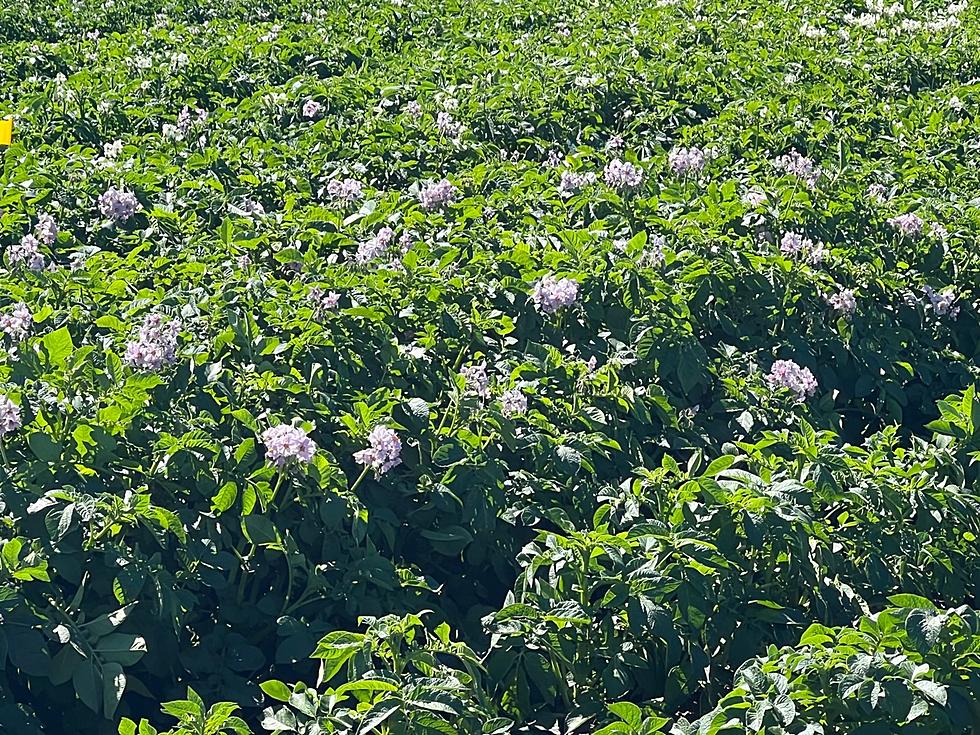
2020 Late Blight Fight Starts Now
Now is the time for potato growers to be thinking about the 2020 growing season, and keeping Late Blight out of their fields. Washington State University’s Dr. Tim Waters said the region saw reported of Late Blight this past growing season, making it even more important that producers are aware where the fungus was reported. Potatoes from infected fields, Waters noted, should not be stored, and once harvest is wrapped up, the field needs to be dealt with properly.
“The recommendation is if you have a field with Late Blight to kill the vines in advance of harvest so those spores don’t get down in the tubers. And like I said, if you had a field that you know had Late Blight it’s best to not store that crop and to run it right away. There’s some research that indicates phosphorus acid can help mitigate the spread of Late Blight in storage but really we’d like to avoid storing those fields if at all possible.”
And then as we look ahead to the 2020 growing season, what do you do about those fields that had Late Blight this year?
“It’s really important to get rid of those cull potatoes," Waters noted. "Because those cull potatoes could serve as a source of infection for the next season. So, again, if you had a field that had Late Blight, its really important to harvest and try to get those things run as soon as possible. And then any culls that come out of that field should be buried and destroyed.”
If you have a story idea for the Washington Ag Network, call (509) 547-1618, or e-mail gvaagen@cherrycreekradio.com
More From PNW Ag Network









